Designing for the Future: How Virtual Reality Changes Games
20 February 2025
When was the last time you played a game that completely took your breath away? Maybe it was a jaw-dropping open world or a storyline so intense it felt like a movie. But now, imagine stepping into that world, not just watching it unfold on a flat screen. That’s the magic of virtual reality (VR), and let me tell you, it’s flipping the gaming industry on its head. From how we experience gameplay to how developers create these immersive universes, VR is shaping the future in a big way. So, grab a snack, sit back, and let’s talk about how virtual reality is changing the game—literally.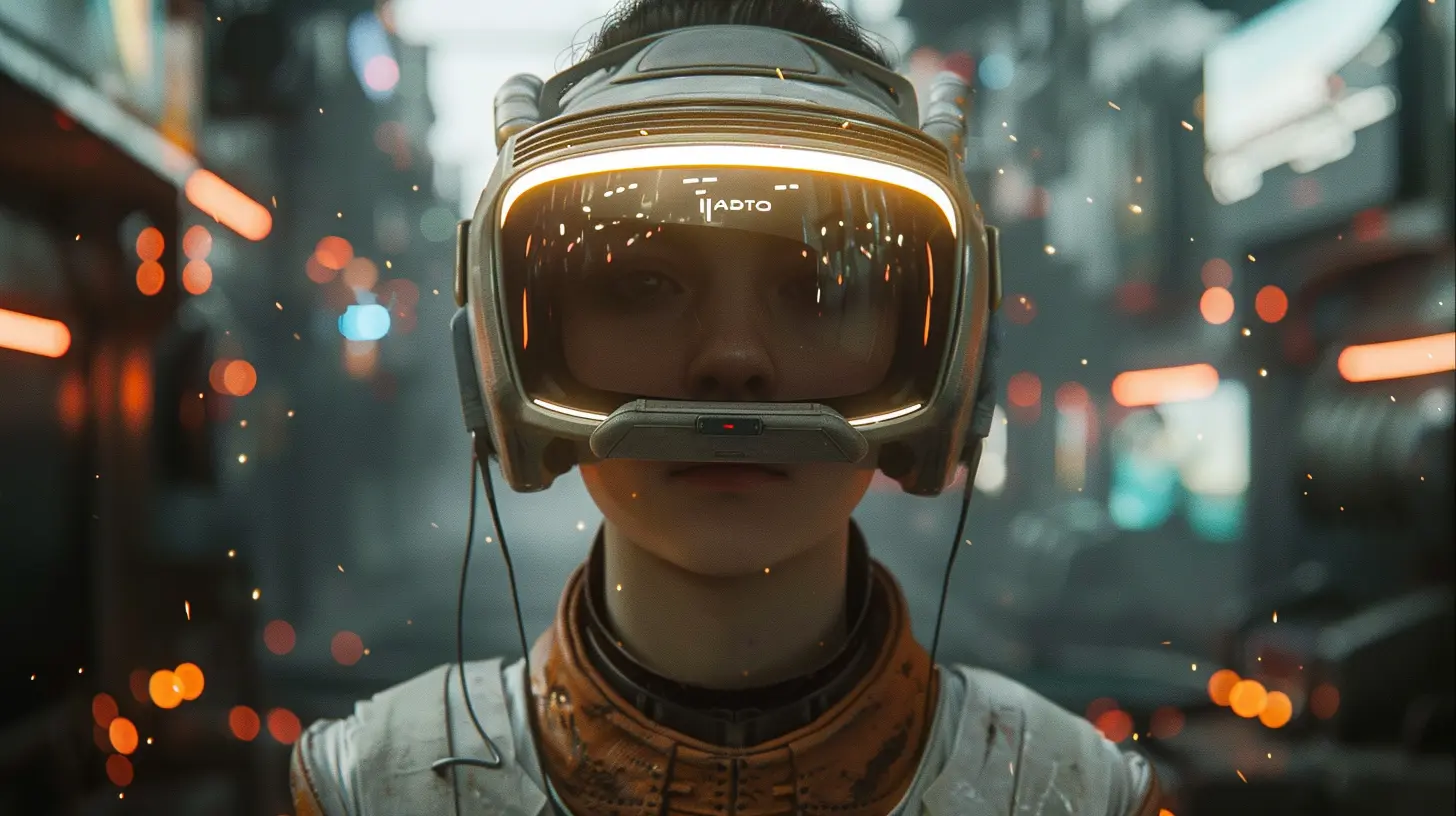
What Exactly is Virtual Reality?
Alright, before we dive into the nitty-gritty, let’s get everyone on the same page. VR is basically a technology that creates a simulated environment so real, your brain starts believing you’re actually there. You pop on a VR headset, and suddenly, you're swinging swords in medieval times, dodging bullets in a sci-fi warzone, or even chilling on a beach (sans the sunscreen). Instead of just controlling a character, you become the character. Think of it as gaming on steroids.But VR isn’t just about visuals. It uses headsets, motion tracking, haptic feedback (that’s a fancy word for touch-related interaction), and 360-degree environments to completely immerse you. Traditional gaming might engage your thumbs, sure, but VR? It takes over your whole body. Sounds crazy, right?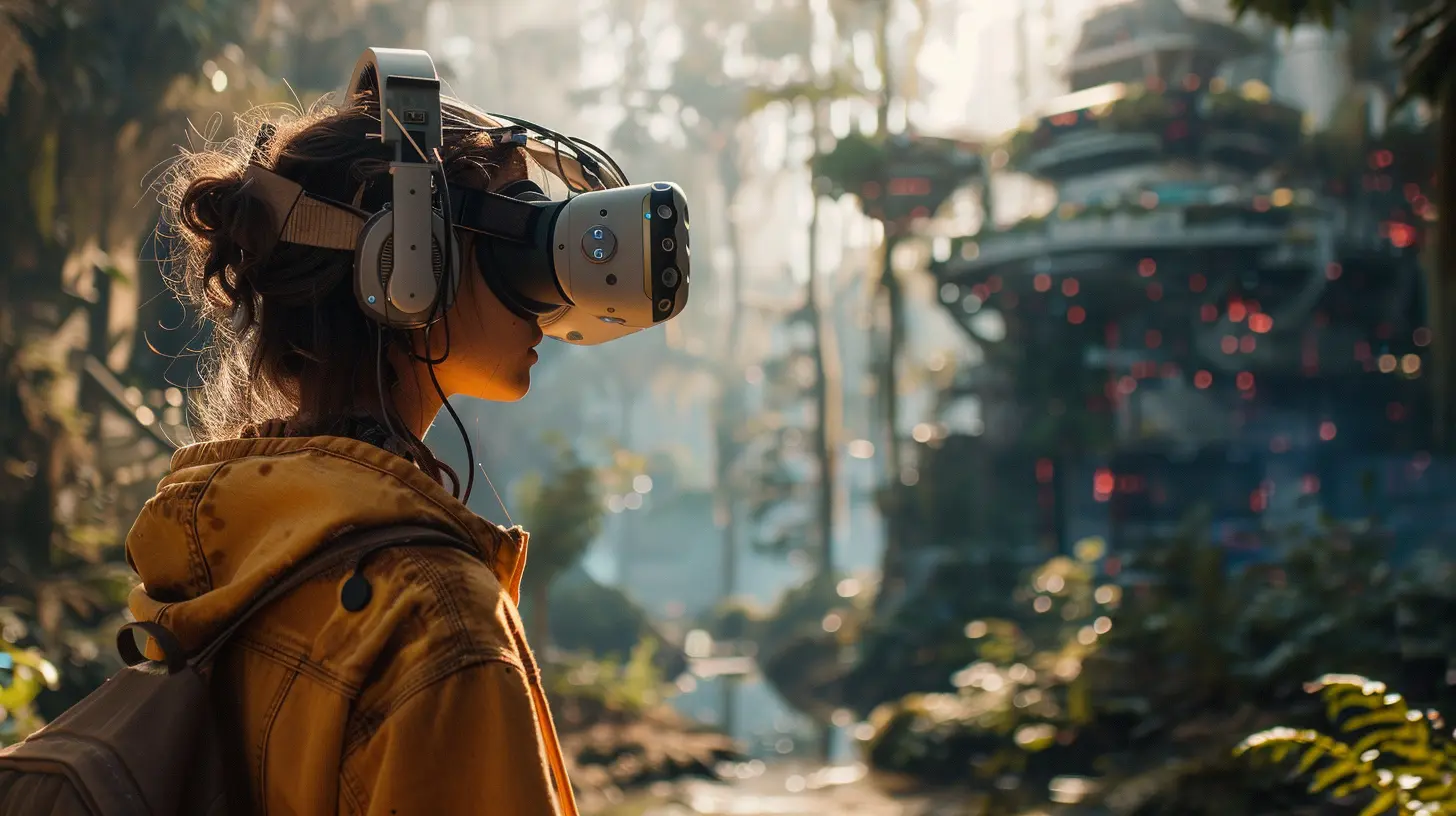
The Evolution of Gaming: From Pixels to Presence
Let’s rewind for a second. Gaming has come a long way. Remember the good ol' days of pixelated games like "Pong"? Compare that to the photorealistic graphics we see today. The jump has been nothing short of mind-blowing. And now, we’re not just looking at characters on screens; we’re stepping into their shoes.Virtual reality is the next logical leap in this evolution. It turns “playing a game” into “living a game.” Instead of mashing buttons to swing a sword, you’re physically swinging your arm. Instead of sitting on your couch steering a car, you’re literally turning a virtual wheel. Suddenly, your living room isn’t just a living room—it’s the battlefield, the racetrack, or even the surface of Mars.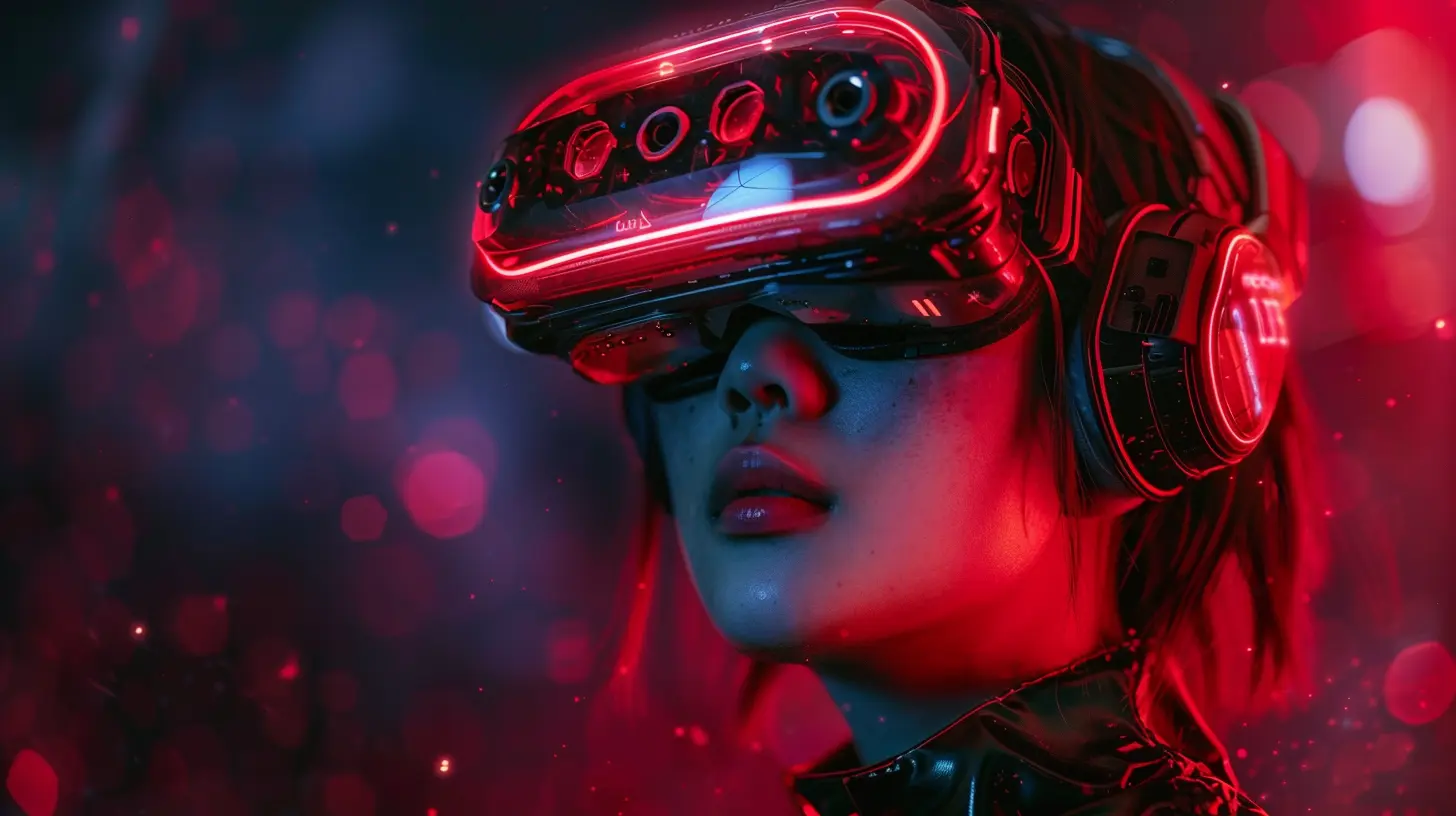
Why VR Feels So Dang Real
Here’s what makes VR so special: its ability to trick your brain. Your eyes and ears are deeply connected to how you perceive the world. VR headsets hijack those senses, offering visuals and sounds that are so lifelike your brain buys into the illusion. For example, you know you’re standing in your living room, but when a virtual monster jumps out at you, your fight-or-flight reflex kicks in like it’s the real deal. It’s like fooling your brain into believing its own little white lie.Adding to the realism are controllers that mimic touch. Imagine grabbing an object in VR and actually feeling the weight or texture through vibrations. Some systems even let you walk around in physical spaces that match the virtual ones. The result? An experience that doesn’t just feel like playing—it feels like living.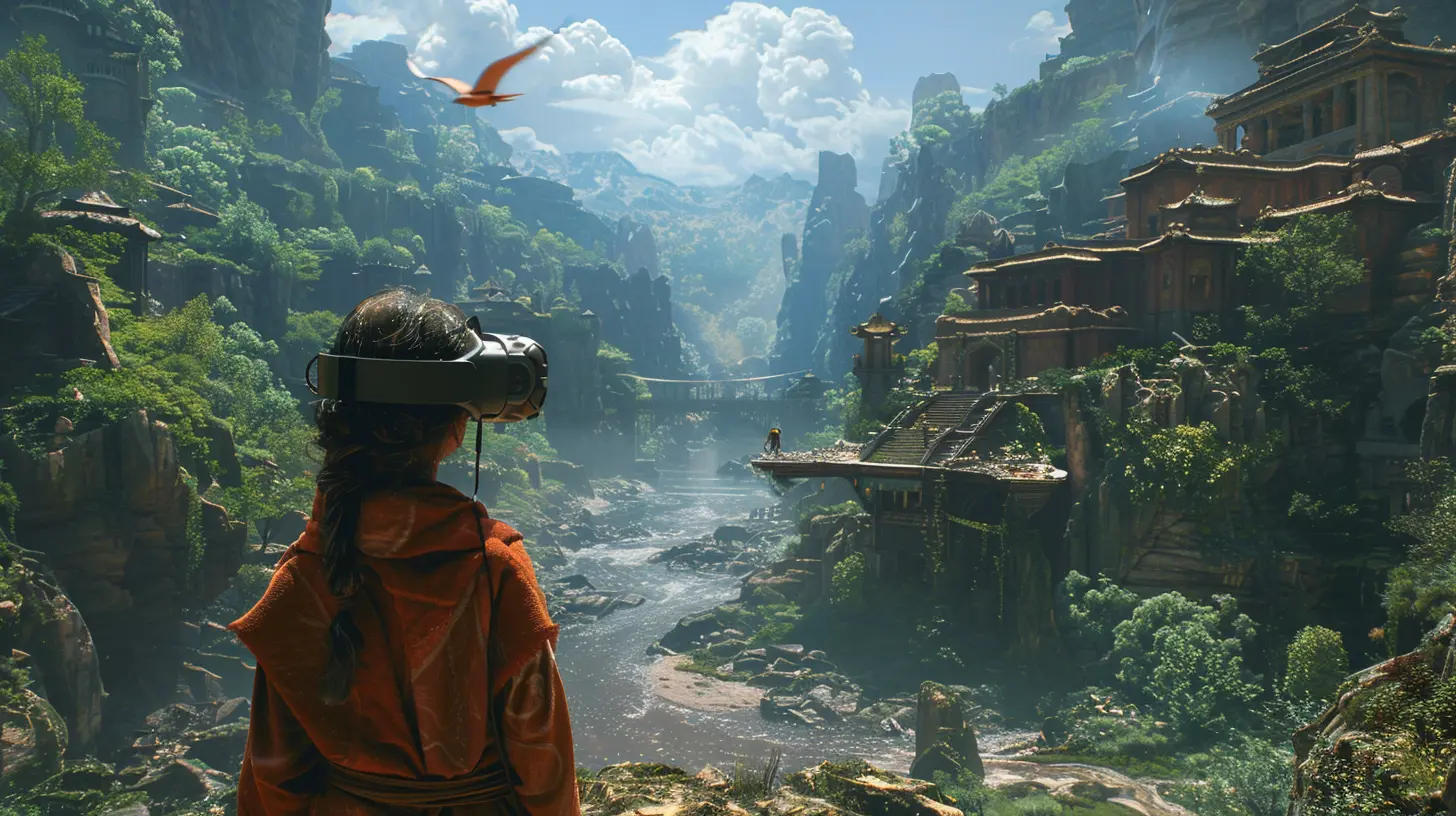
How VR is Changing Game Design
Okay, so we’ve established that VR is awesome for players. But what about the folks making the games? Game design in VR is a whole different beast compared to traditional games. Let’s break it down.Goodbye, Flat Screens; Hello, 360-Degree Worlds
In traditional games, designers are working with a fixed frame—a rectangle where all the action happens. In VR? There’s no screen. You’re in the middle of a 360-degree world, which means designers have to think in every direction.For example, a horror game on a flat screen might rely on creepy hallway scenes or jump scares directly in front of you. In VR, the scare could come from anywhere—above, behind, or even below. This freedom opens up endless creative possibilities but also creates challenges. Designers need to consider how players physically move, what they’re most likely to look at, and how to guide them through the experience without the usual visual cues.
Interaction is the Name of the Game
In VR, you don’t just press buttons; you interact with everything around you. That means game designers have to think about how every object feels, moves, and reacts. Let’s say you’re making a VR cooking game (think "Cooking Simulator" but next level). The player doesn’t just click a button to chop an onion—they need to physically pick up a knife, feel the weight of it, and slice through the onion with realistic resistance.Does it sound like a lot of work for developers? You bet. But the payoff is a gaming experience so immersive you’ll forget it’s not real.
Storytelling Gets Personal
Here’s something you might not think about: storylines in VR games aren’t just stories you watch—they’re stories you live. And that changes the way they’re told. Players don’t want lengthy cutscenes when they’re wearing a heavy headset; they want to do things.Take games like Half-Life: Alyx, for example. Instead of passively watching a character open doors or search for clues, you’re the one doing it all. The story unfolds around you, and you have control over how fast (or slow) you move through it. This makes every decision feel personal and every choice impactful.
The Social Impact of VR Gaming
Let’s not forget the social side of VR gaming because, yes, it’s a thing. Contrary to the stereotype of gamers being isolated, VR is actually bringing people together in wild, futuristic ways.Picture this: You’re in the U.S., your best friend is in Japan, and you both meet up in a VR world to play a round of mini-golf. You’re chatting, laughing, and even giving virtual high-fives—all without leaving your homes. It’s like FaceTime but waaay cooler.
Games like VRChat are already taking social gaming to the next level, allowing players to create avatars and interact in virtual spaces. And as the tech improves, these social experiences will only get more realistic. Who knows? Maybe one day, we’ll all hang out in VR instead of on Instagram.
The Challenges of Designing for VR
Of course, no tech is perfect, and VR has its share of growing pains. For starters, there’s the dreaded “VR sickness.” Ever feel queasy after playing a VR game? That’s your body’s way of saying, “Hey, I’m not quite used to this whole moving-but-not-moving thing yet.” Game designers are working hard to minimize motion sickness, but it’s still a hurdle.Then there’s the issue of accessibility. Not everyone has the space, money, or hardware to dive into VR gaming. And let’s be real: wearing a clunky headset isn’t exactly the most comfortable experience. Developers are constantly looking for ways to make VR more affordable, lightweight, and inclusive so that more players can join in on the fun.
The Future of VR and Gaming
So, what’s next? Will VR replace traditional gaming altogether? Not likely. There will always be a place for classic consoles and PC gaming. But VR is carving out its own niche, and it’s only going to get bigger.We’re already seeing advancements in wireless headsets, better graphics, and more intuitive controls. And with the rise of augmented reality (AR) blending real and virtual worlds, the lines are blurring even further. Imagine a future where you can play Pokémon in your backyard or fight dragons in your office. Sounds awesome, right?
For developers, the potential is limitless. From creating ultra-realistic simulations to designing entirely fantastical realms that defy the laws of physics, VR gives them a playground with infinite possibilities. And for us players? Well, let’s just say the future of gaming looks very bright.
Conclusion
In a world where technology is advancing faster than ever, VR feels like a sneak peek into the future. It’s changing how games are played, how stories are told, and how we connect with others. Sure, it’s not perfect—yet. But the strides it’s made so far are nothing short of incredible. Whether you’re a hardcore gamer, a casual player, or someone who just likes to marvel at cool tech, one thing’s clear: VR is not just a trend. It’s here to stay.So, next time you strap on a VR headset and find yourself on a digital battlefield or a faraway planet, take a second to appreciate how far we’ve come—and where we’re headed. The future of gaming? It’s virtual, immersive, and absolutely mind-blowing.
all images in this post were generated using AI tools
Category:
Video Game DesignAuthor:

Francesca West
Discussion
rate this article
9 comments
Otto Ellison
Great insights on VR's impact on gaming! Excited to see how these innovations shape the future of interactive experiences.
March 26, 2025 at 4:22 AM

Francesca West
Thank you! I'm glad you found the insights valuable. The future of VR in gaming is indeed exciting!
Betsy Fuller
Oh sure, because who wouldn’t want to trip over their living room furniture in stunning VR?
March 9, 2025 at 4:58 AM

Francesca West
While VR does present spatial challenges, it also offers exciting new experiences that can redefine gaming and immersion.
Annette Barlow
Virtual reality transforms gaming experiences, offering immersive worlds and innovative gameplay that pushes creative boundaries. Exciting times ahead!
March 5, 2025 at 5:41 AM

Francesca West
Thank you! I completely agree—VR is revolutionizing how we interact with games, and I'm excited to see where this technology takes us next!
Kyle Stevens
Exciting times ahead! Virtual reality is revolutionizing the gaming landscape, pushing boundaries and sparking creativity. Let’s embrace this innovation and explore limitless possibilities that will redefine how we connect, play, and experience gaming!
March 3, 2025 at 4:33 PM

Francesca West
Absolutely! The potential of virtual reality is immense, and it's thrilling to see how it will transform our gaming experiences and connections. Let's embrace this exciting journey!
Roman Summers
What a fascinating exploration of virtual reality's impact on gaming! It's exciting to see how this technology transforms our experiences and interactions within games. I look forward to witnessing how developers will continue to innovate and create immersive worlds for players in the future.
March 3, 2025 at 3:48 AM

Francesca West
Thank you! I'm glad you found the exploration engaging. The potential of VR is indeed thrilling, and I can't wait to see the innovations that lie ahead!
Amy Hubbard
Great insights on VR's impact! Excited to see how these design innovations will shape immersive storytelling and player interactions in gaming.
March 2, 2025 at 4:57 PM

Francesca West
Thank you! I'm excited too—it's a thrilling time for VR and its potential in storytelling and player engagement!
Desiree Griffin
This article insightfully explores how virtual reality not only enhances immersion but also reshapes narrative and interaction in gaming, presenting both challenges and exciting opportunities for future game designers and players alike.
February 24, 2025 at 3:50 PM

Francesca West
Thank you for your thoughtful comment! I'm glad you found the article insightful. The evolution of VR truly opens up fascinating new frontiers for game design and player experience.
Noah Lamb
Virtual reality: where you can finally escape your reality... and your laundry! Just remember, if you're dodging virtual dragon fire, it’s probably best to clear the coffee table first!
February 22, 2025 at 4:57 PM

Francesca West
Absolutely! Virtual reality offers a thrilling escape, but safety in the real world still matters. Clearing your space is just as important as crafting immersive experiences!
Zara Sheppard
Great insights! Excited to see how VR will shape immersive gaming experiences ahead.
February 21, 2025 at 4:41 AM

Francesca West
Thank you! I'm excited too—VR has immense potential to revolutionize gaming experiences!
MORE POSTS

The Role of Destruction Mechanics in Elevating Gameplay
How Developers Create Iconic Racetracks in Video Games

Feedback Loops in Game Design: Rewarding Players for Mastery

How Subscription Services Impact Your Early Access Choices

Harnessing MMO Mods to Improve Your Gameplay Experience
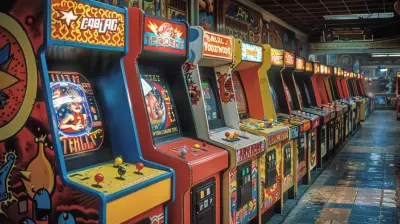
How Arcade Games Taught Us to Never Give Up
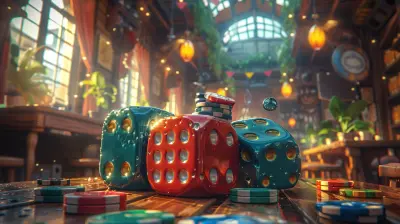
The Science Behind Why We Love Match-Three Games